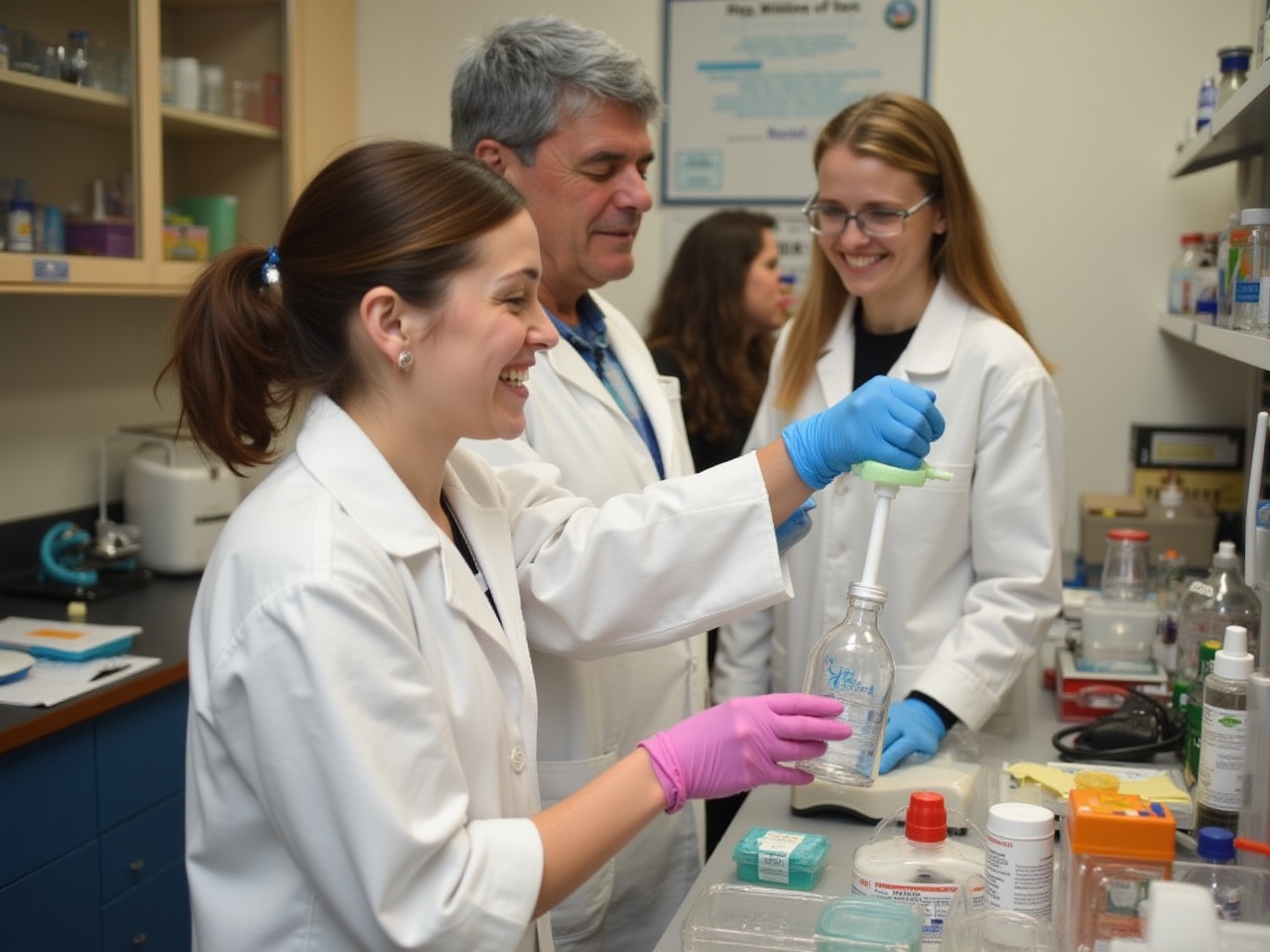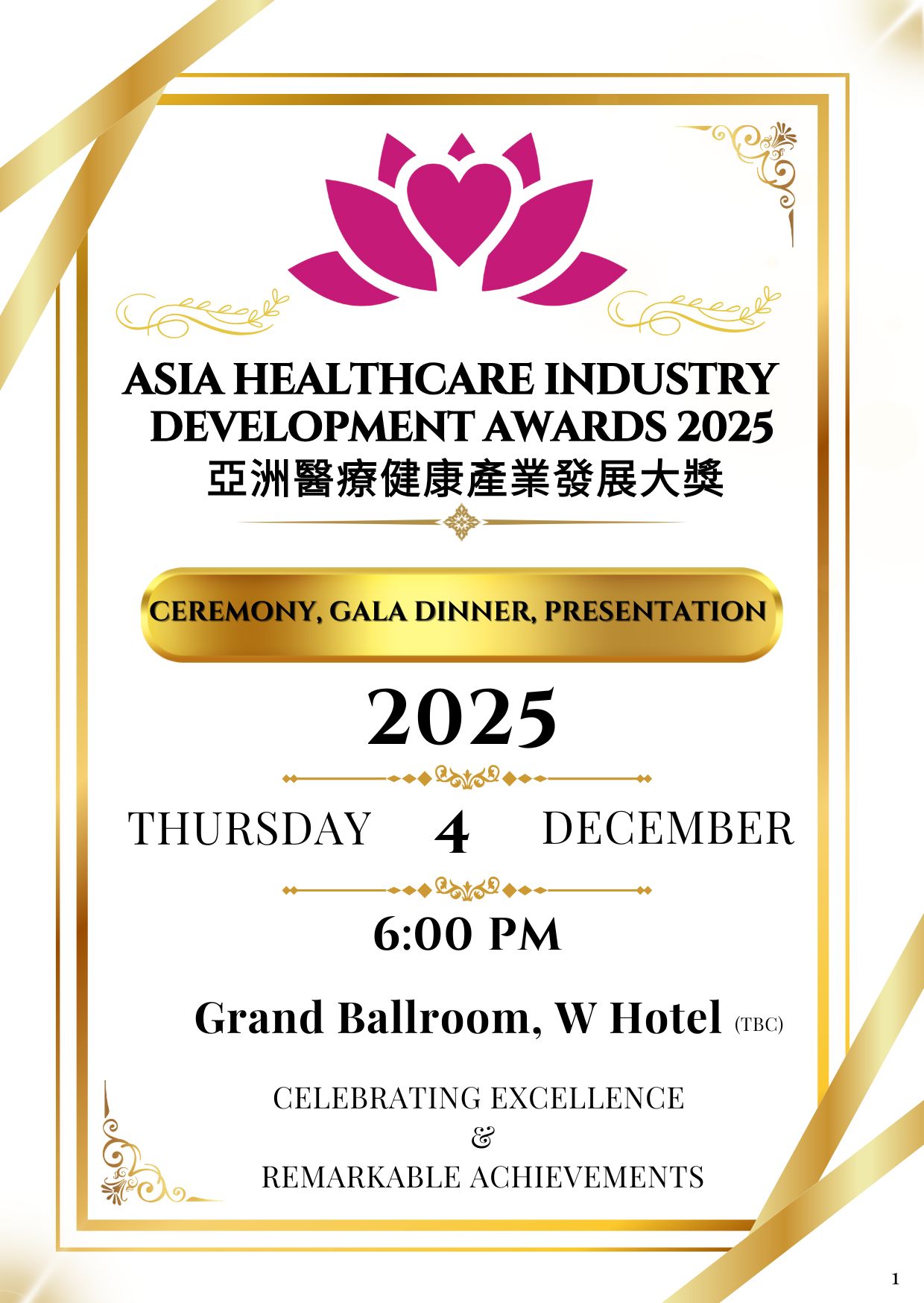In the high-stakes landscape of oncology therapeutics, Cuba has emerged as an unexpected innovator. Despite decades of economic isolation, its state-owned biopharma sector has developed a pipeline of promising cancer immunotherapies now advancing toward global distribution through strategic joint ventures. For pharmaceutical executives and investors, this represents a rare convergence of scientific ingenuity, cost efficiency, and untapped market potential.
1. The Cuban Biotech Paradox: Innovation Amidst Isolation
Cuba’s sustained investment in biotechnology since the 1980s has yielded remarkable outcomes:
- BioCubaFarma, the state-owned holding company, integrates 34 research institutes and production facilities under a “closed-cycle” model—from discovery to commercialization.
- The organization manages 2,438 patents registered outside Cuba and over 2,600 pending applications worldwide.
- CIMAvax-EGF, Cuba’s flagship lung cancer vaccine, is produced at a fraction of the cost of comparable therapies—estimated at under $1 per dose domestically.

This paradox—cutting-edge innovation within a resource-constrained system—has positioned Cuba as an attractive partner for global pharmaceutical companies seeking novel oncology assets.
2. Pipeline Powerhouses: Cuba’s Clinical-Stage Oncology Assets
Cuba’s immunotherapy pipeline targets high-incidence cancers with mechanisms that complement checkpoint inhibitors and other immuno-oncology strategies:
A. Late-Stage and Marketed Therapies
- CIMAvax-EGF: A therapeutic vaccine that depletes circulating EGF to inhibit tumor growth in non-small cell lung cancer (NSCLC). Approved in Cuba since 2011, it has shown median survival benefits of up to 14.6 months in real-world studies.
- Nimotuzumab: A humanized anti-EGFR monoclonal antibody used for head and neck cancers, glioblastoma, and esophageal cancer. It is approved in over 30 countries, including Russia, China, and India.
B. Near-Term Clinical Candidates
- VSSP Nanoparticles: An adjuvant platform that enhances immune responses by modulating myeloid-derived suppressor cells (MDSCs). It has shown efficacy in melanoma and breast cancer trials.
- Ganglioside-Targeting Agents: Preclinical candidates such as 14F7hT, targeting Neu5Gc-GM3 gangliosides, are under development for imaging and immunotherapy applications.
Table: Cuba’s Leading Cancer Immunotherapies & Development Status
| Asset | Mechanism | Indication | Development Stage |
|---|---|---|---|
| CIMAvax-EGF | EGF Depletion | NSCLC | Phase II/III (US/Cuba) |
| Nimotuzumab | EGFR Inhibition | Glioblastoma, H&N, Esophageal | Marketed (LatAm/Asia) |
| VSSP | Immune Modulation | Melanoma, Breast, Prostate | Phase II (Cuba) |
| IL-2 Mutein | T-cell Activation | Solid Tumors | Phase II (Cuba) |
| Ganglioside mAbs | Glycolipid Targeting | Multiple Tumors | Preclinical |
3. Joint Venture Blueprints: Distribution Pathways to Global Markets
Cuba’s internationalization strategy emphasizes risk-sharing, regulatory alignment, and technology transfer:
A. The Roswell Park Model (US-Cuba)
- Innovative Immunotherapy Alliance S.A., established in 2018, is a joint venture between Roswell Park Comprehensive Cancer Center and Cuba’s Center for Molecular Immunology (CIM).
- The JV provides Roswell access to CIMAvax-EGF and three additional immunotherapies, including VSSP and IL-2 mutein agents.
- Clinical trials are ongoing in the U.S., with Phase II studies of CIMAvax in combination with checkpoint inhibitors like nivolumab.
B. Eurasian Expansion
- Russia: A 2025 joint venture is underway to co-manufacture Nimotuzumab in Moscow, expanding access across the Eurasian Economic Union.
- China & Thailand: BioCubaFarma operates mixed-capital ventures focused on monoclonal antibody production and regional distribution.
C. Licensing & Localization
- BioCubaFarma licenses platform technologies such as SUMA diagnostics to regional partners for local manufacturing and branding.
- Example: Brazil’s Biomm has marketed Cuban recombinant insulin under local branding at significantly reduced prices.
4. Market Entry Strategies: Navigating Regulatory and Political Complexities
A. Embargo Workarounds
- IP Structuring: Cuban patents are often held via subsidiaries in neutral jurisdictions like Singapore.
- Supply Chain Diversification: Active pharmaceutical ingredients (APIs) are manufactured in third countries (e.g., Mexico, Vietnam) to facilitate U.S. entry.
B. Regulatory Acceleration
- Bridging Studies: U.S. trials leverage Cuban-generated PK/PD data to accelerate recruitment and reduce costs.
- Orphan Drug Designation: Nimotuzumab is being explored for rare indications such as pediatric glioblastoma to expedite FDA/EMA pathways.
C. Tiered Pricing Architecture
| Market Tier | Price Point | Volume Drivers |
|---|---|---|
| U.S./EU | Premium (50–70% below Keytruda) | Value-based contracts |
| Middle Income | Cost+ (20% above Cuban pricing) | National formulary listings |
| LICs | At-cost | Global health partnerships |
5. Investor Implications: Risk-Reward Calculus
Growth Catalysts
- Deep Pipeline: Over 15 preclinical immuno-oncology assets available for licensing.
- Production Arbitrage: Cuban manufacturing costs are 60–80% lower than U.S./EU equivalents.
- Geopolitical Thawing: U.S. exemptions for cancer drug imports have expanded under recent policy shifts.
Critical Risks
- Embargo Volatility: U.S. sanctions remain subject to political reversals.
- Infrastructure Gaps: Power outages and logistics challenges affect cold chain reliability.
- Data Transparency: Western regulators demand raw trial data audits, which may strain Cuban systems.
Conclusion: Unlocking Equitable Oncology Through Collaboration
Cuba’s cancer immunotherapy platform signals a paradigm shift in how the world might rethink innovation access. With cutting-edge biologics developed under constrained resources, Cuba’s biotech model challenges conventional notions of what global drug discovery must look like.
This is no longer a story of isolated scientific achievement—it is one of convergence. The future of Cuban immunotherapy depends not just on scientific rigor but on strategic alliances that translate potential into impact.
“Innovation doesn’t ask where you’re from; it only asks what you can do with it.”
— Dr. Kelvin Lee, Roswell Park
💡 What Comes Next for Global Pharma?
The commercial case is now matched by a moral one:
- Build Equity-Based Access: Stake-driven partnerships with BioCubaFarma can offer long-term value in both developing and developed markets.
- Leverage Cost Innovation: Cuba’s production model can serve as a blueprint for pricing-sensitive regions across Latin America, ASEAN, and parts of Africa.
- Strengthen Resilience: Redundant supply chains and tiered JVs with Cuban tech can shield against geopolitical and market volatility.
With global cancer care costs spiraling toward $300 billion by 2030, integrating Cuba’s affordable immunotherapy solutions into the global portfolio isn’t just visionary—it’s vital.









